This Project was inspired by Nurdrage’s Video on building a Tritium Calculator.
Background:
Nuclear-powered devices have been used in space exploration for decades, providing auxiliary power in areas where solar power alone is insufficient. Radioisotope thermoelectric generators, such as those powering the Voyager probes, convert heat from decayed plutonium into electricity using thermocouples. Similarly, pacemakers were developed using this technology, although the program was discontinued due to concerns about cremation.
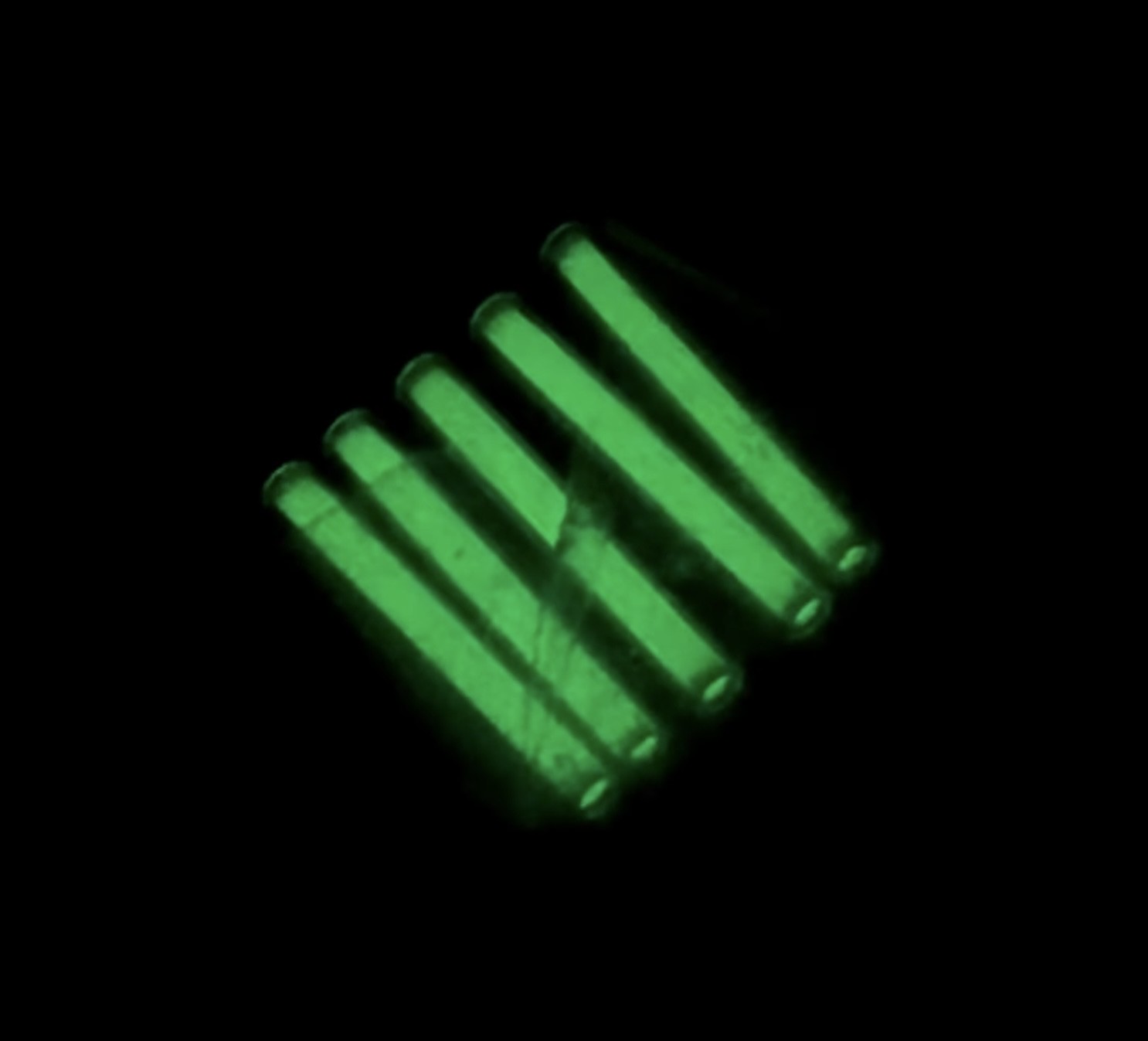
Our Approach:
Since obtaining plutonium is not feasible, we'll employ tritium, a hydrogen isotope, which slowly decays and emits beta radiation. By utilizing low-light solar panels made of amorphous silicon, we can convert the emitted light into electricity. This technology, known as radiophotovoltaic batteries, offers a fascinating alternative for long-lasting power.
Build Process:
- Select a mini calculator with a small display that requires a minimum of 1 volt to illuminate.
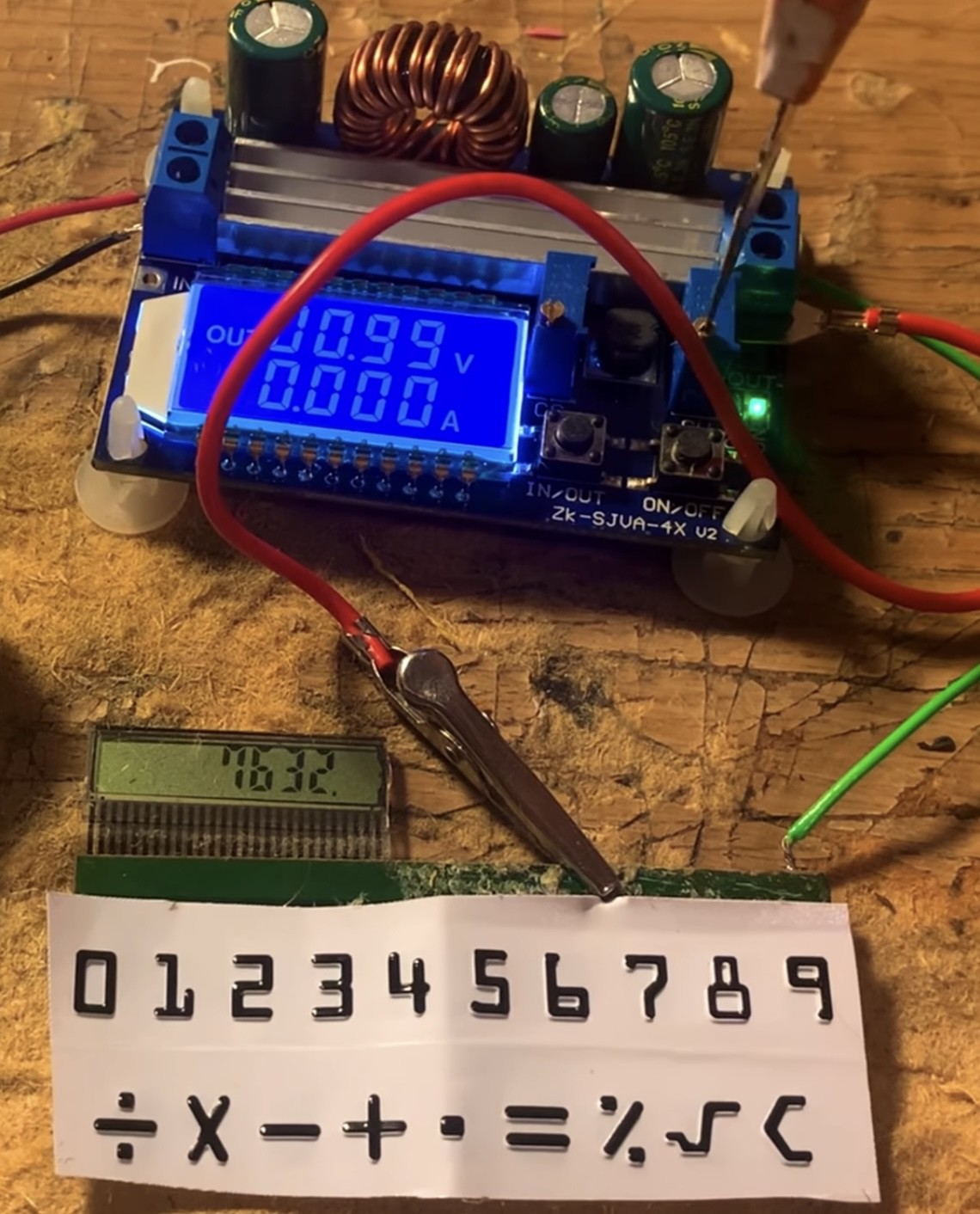
2. Obtain tritium tubes that emit a glowing green light due to beta radiation.
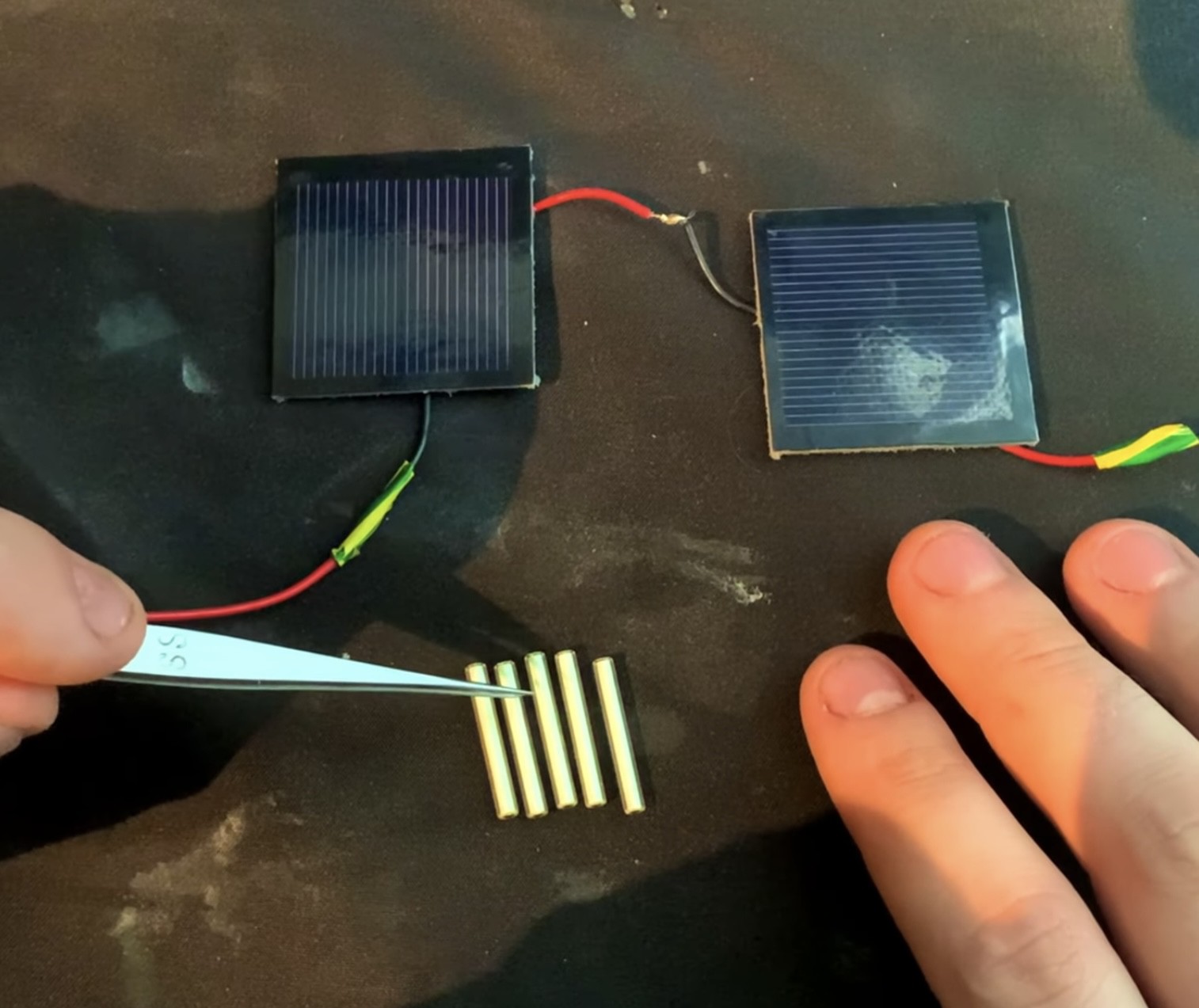
3. Sandwich the tritium tubes between low-light solar panels, ensuring they are shielded from external light sources using foil.
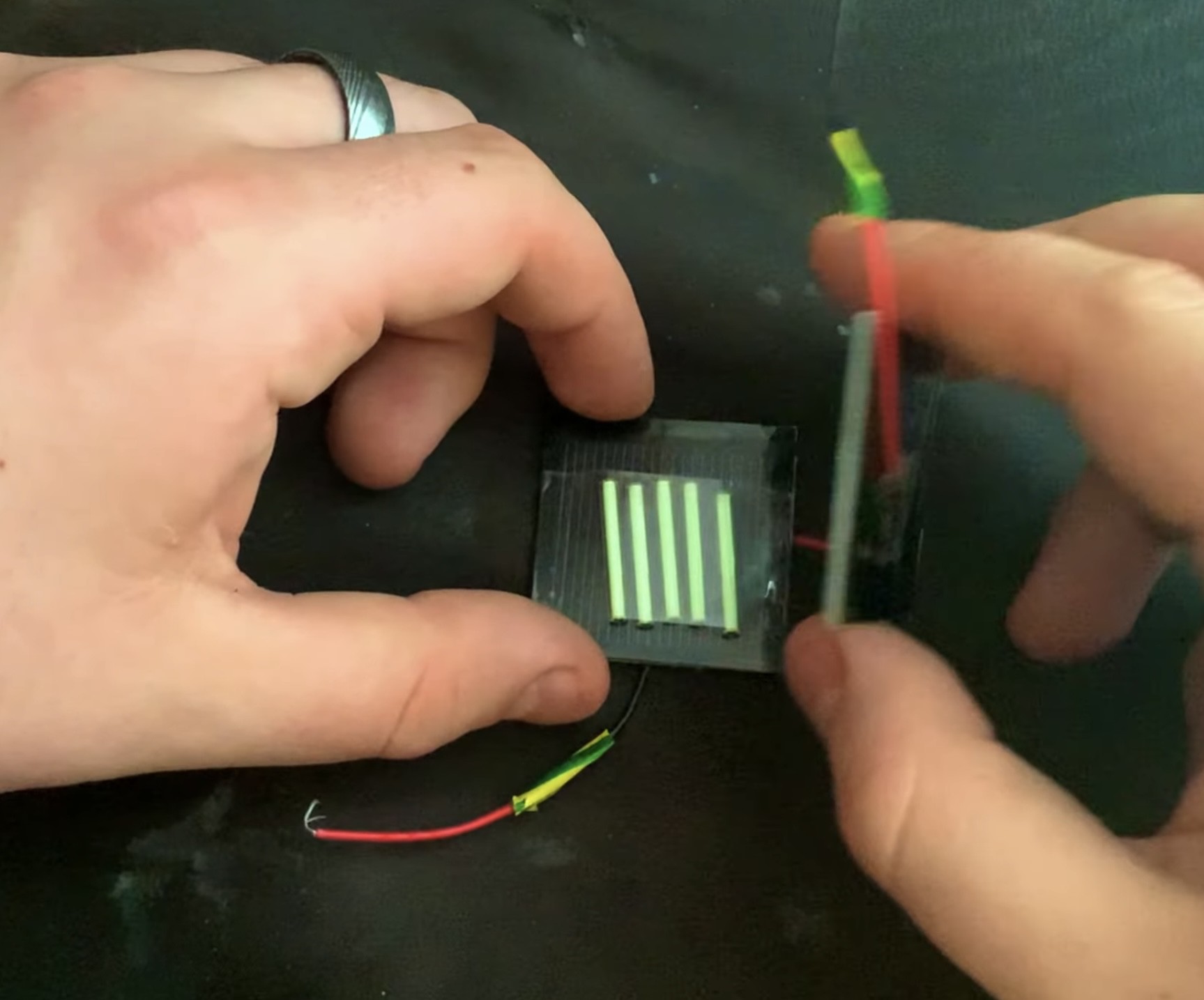
4. Add labels to the battery assembly and disassemble the calculator.
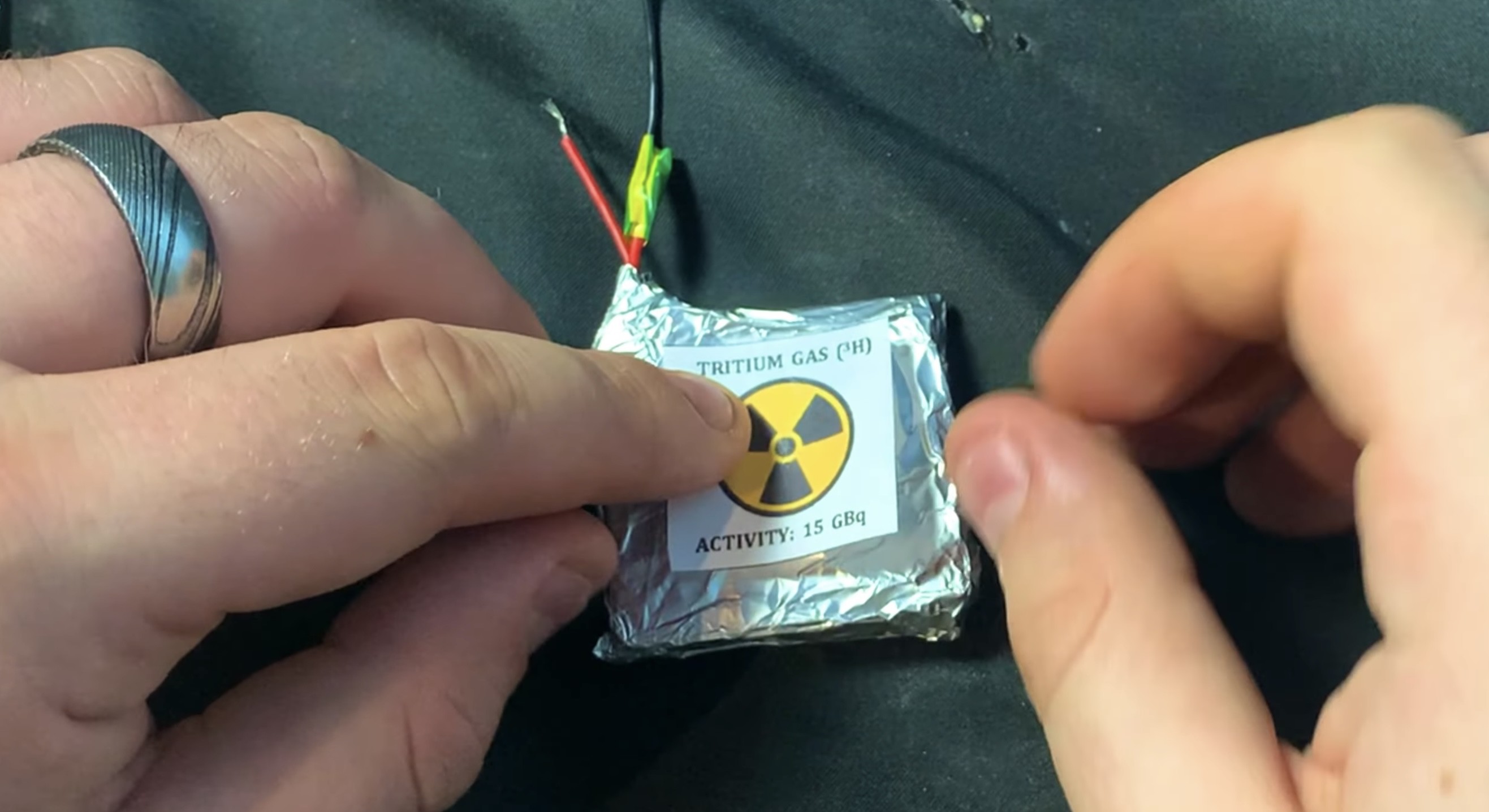
5. Solder the tritium battery to the calculator, including a small capacitor to build up sufficient charge, as the current produced is in the microamp range.
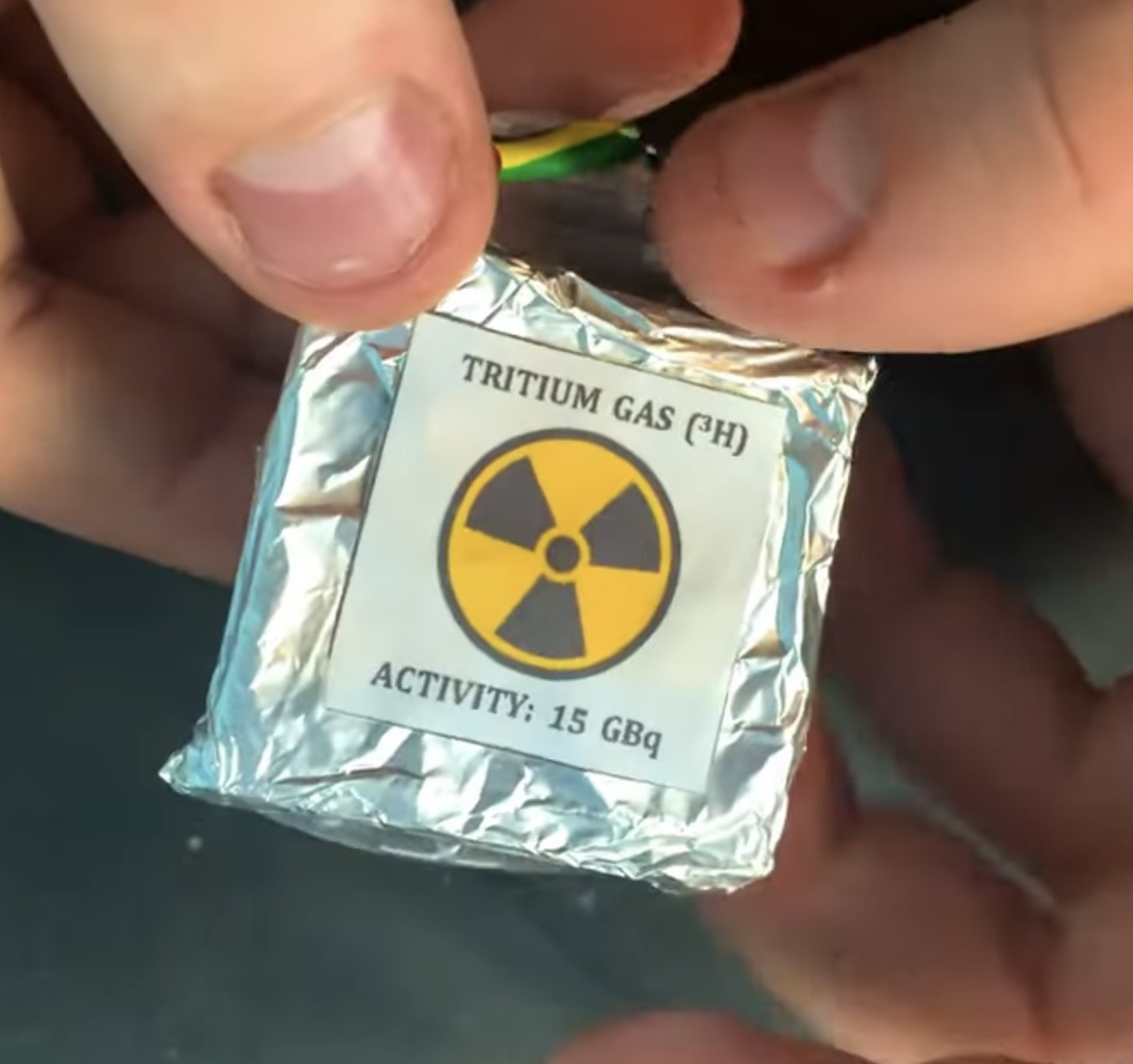
6. Reassemble the calculator, glue the battery to the back, and verify the effectiveness of the radiation shielding.
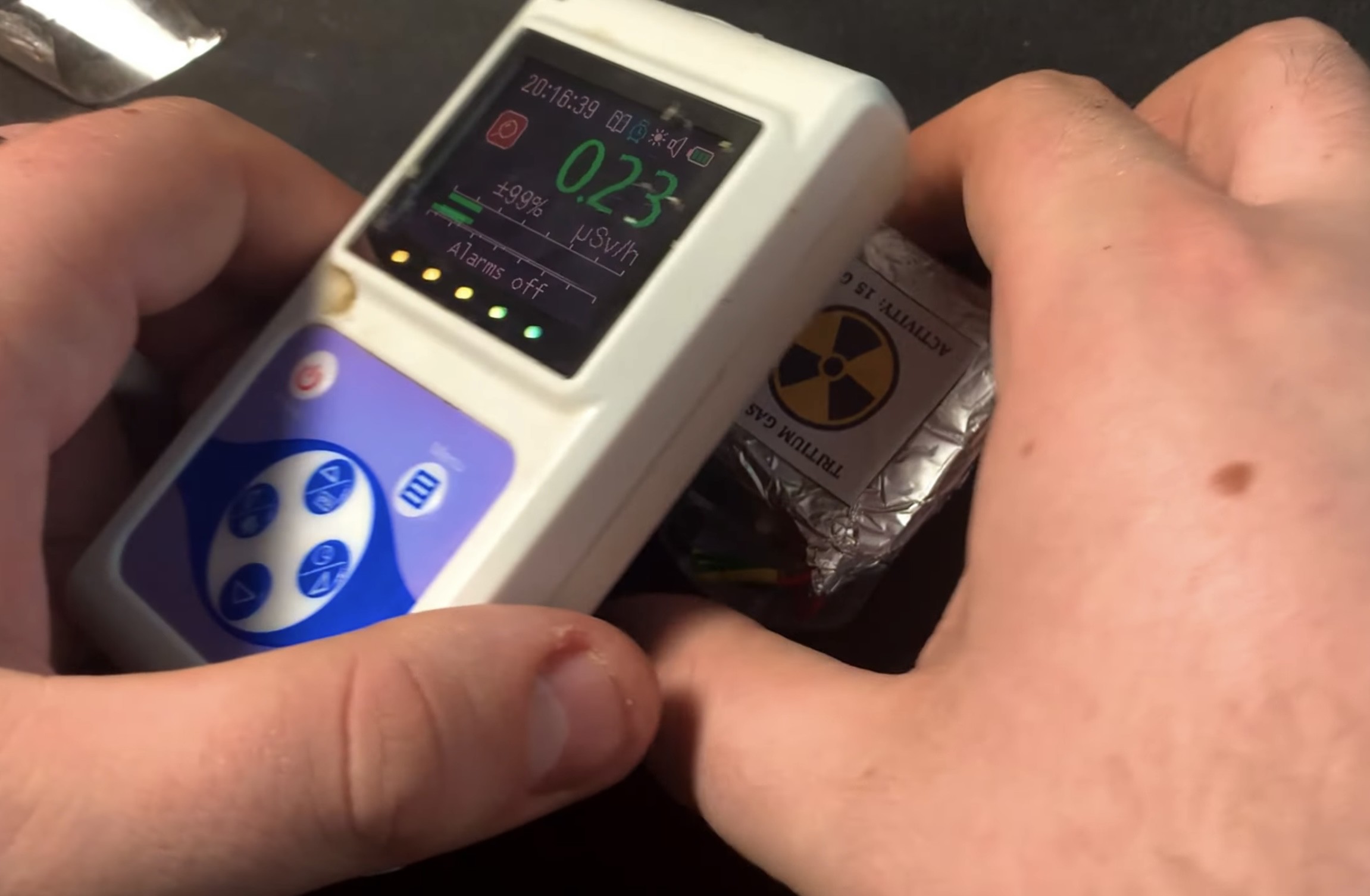
Discussion:
Despite the limited power output of the tritium tubes, our tritium-powered mini calculator successfully operated for approximately one minute after charging overnight , which is a promising result considering the minimal energy generated. This project serves as a proof-of-concept, showcasing the potential for sustainable, long-lasting power solutions using radioactive decay.
Conclusion:
The Tritium-Powered Mini Calculator project demonstrates the application of radiophotovoltaic batteries in harvesting energy from natural radioactive decay. By harnessing the glow emitted by tritium tubes, we've showcased the ability to power a calculator for short periods without the need for conventional batteries. With further refinements, this technology could find applications in low-power devices, contributing to sustainable energy solutions.
 Tom Farnell
Tom Farnell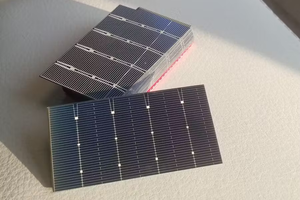
 Miguel Tomas
Miguel Tomas
 kabaivanov
kabaivanov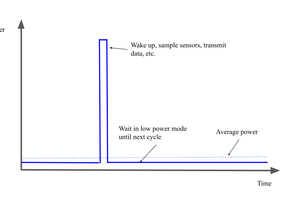

 technoplastique
technoplastique